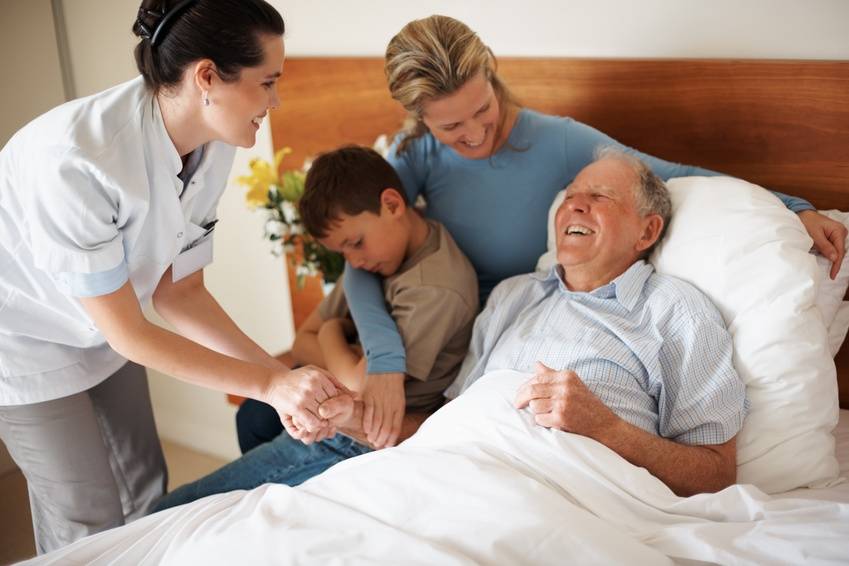Table of Content
Telehealth systems can allow residents to remotely connect with healthcare professionals for consultations and check-ins. This can be especially useful for residents who may have difficulty leaving the care home for medical appointments or those living in rural areas with limited healthcare facilities. If a care or nursing home is being established or upgraded, it is worth considering the contribution technology, and the clever use of data, can make to improve the care and support of residents with dementia living in the care or nursing home. Acting as the main control which ties smart technology together, home hubs can also help to reduce administrative tasks in care homes. From controlling thermostats and lighting by voice command, to playing a resident’s favourite song, they are being used extensively in care homes across the country. Additionally, the use of smart watches allow care home employees to help find dementia residents who may have wandered off, and can also track their vital signs such as heartbeat, without having to invest in extra equipment.

RNs learn how to use software systems on the job, but their education and training will help them quickly understand what different indications on medical records mean and what their course of action should be to ensure improved patient outcomes. With several care providers now rushing headlong to become digitally integrated, it is important to logically assess the current situation of the business and then determine which objectives you wish to achieve by implementing new technology. For example, do you want to improve the social wellbeing of residents, improve staff efficiency or optimise security? Which do you think would be most beneficial for your care home and analyse your budget to achieve that objective. We have listed below of the best ways of utilising smart technology and software for a care facility.
Get your personalized demo today
Acting as a lifeline to keep in touch with loved ones, as well as a form of entertainment. From manufacturing robots that can help residents get out of their beds and into a wheelchair, or ease them in and out of bathtubs, robots are conducting simple tasks that can free up human carers to give more compassionate care. This is arguably something that will need to be tackled not too far in the future.

The Solo-Step builds confidence and pushes the patient to reach their next goal. By eliminating the fear of falling and injuring themselves, the harness pushes patients to challenge their mental and physical limitations. The patients who use Solo-Step have attained measurable results in a significantly less amount of time. Allowing the patient to act on their own schedule and set their own limits makes them feel independent. Care home in bury st edmunds and their family is just down the road in Ipswitch or across the pond in California. Technology can streamline business systems such as staff-rostering, text messaging of staff in different parts of the home and automatic scheduling of meetings between staff and management in response to complaints and incidents.
Project Details -
It is easy to access and modify care plans in real-time, and to allocate duties as required. EHRs can tell registered nurses whether there are further steps they need to take for a patient, monitor small condition changes, and give them information immediately as alerts or reminders. Find out how different WGU is about personalizing and supporting your education. Visual or hearing impairments, such as screen readers for individuals who are blind or have low vision or text-to-speech software for those who are deaf or hard of hearing.

The nursing profession finds many of these new medical technologies help them with routine processes, as well as decrease human mistakes and errors that can come from too few nurses who are working long hours with too many patients. ‘A technology roadmap of assistive technologies for dementia care in Japan’,Dementia, 14, pp. 80–103. One care home in Germany has seen substantial benefits after introducing dynamic lighting. Particularly effective with dementia patients, the lighting aids with day-night sleep rhythm, helping residents to rest and feel less agitated.
Some potential solution providers
A common denominator in the workshop so far, said Kaushal, is that in home health care technologies can be value-added services that aid with patient centeredness, sustainability, and reimbursement. Telehealth can have a wide range of complexity, from the simplicity of the telephone all the way to the extreme complexity of smart homes. Providers, however, do not know the best way to provide evidence-based telemedicine, he said. From the provider perspective, telehealth can range from the use of electronic health records and remote monitoring of vital signs and symptoms all the way to doing consultations and patient visits by video. When it comes to nursing homes, Americans may not have the most positive opinion. In fact, only 19 percent of Americans believe that nursing homes make seniors better off.

However, the use of portable smart devices may help create research that is of greater quality due to the collecting of high-quality data on bigger scales. Wearable devices from health tracking, to specific patient monitoring, are often called the future of healthcare. With access to huge amounts of data, wearable devices can help the entire healthcare process; from diagnosis to recovery. Wearable devices from health tracking to specific patient monitoring are often called the future of healthcare. With access to huge amounts of data, wearable devices can help the entire healthcare process, from diagnosis to recovery.
Portable Monitors
This helps patients with a quick diagnosis without leaving the comfort of their own home. They can find out if they need to come in for further testing or diagnosis, get a prescription for medicine, or get medical advice. Electronic Health Records allow nursing experts to document care provided to patients and retrieve information that can help prioritize care. Additionally, information entered into computer systems can then be accessed by the care team, including doctors and even patients themselves when necessary.

With the advancements of new technology in the healthcare industry, it’s crucial for nurses to keep abreast of these innovations and elevate their capabilities to match what both patients and the industry require for exceptional care. New clinical healthcare technology is exciting and transformative, with innovations launching every day that impact the industry. This can present a challenge to nurses who are tasked with learning about this new technology and implementing it into their work lives—not to mention, how this can impact their career advancement. Wearable devices help remove elements of human error for nurses, because the communication of data comes directly from the device itself.
With a good Wifi system, staff can access information about dementia and be encouraged to keep up to date with latest thinking. Loneliness is sadly very much predominant in the elderly, with many feeling cut off from society. There are two million people in England over the age of 75 who live alone, and over one million often go over a month without speaking to anyone. What is perhaps unknown, is the fact that loneliness can be just as detrimental to a person’s health as smoking 15 cigarettes can be, with mortality increasing by 26%.
Technology can also monitor the health and well-being of residents in care homes. This can include wearable devices, such as fitness trackers or smart watches, which can track vital signs, such as heart rate and activity levels, and alert care staff to potential issues. The future is exciting when it comes to assistive technology in care homes, with undergoing research looking at monitoring patients through the use of radars and acoustic monitoring.
Kathryn H. Bowles, Visiting Nurse Service of New York Research Center and the University of Pennsylvania School of Nursing, said a further step would be to think about ways to reward clinicians who become more efficient. She described a randomized trial that she led in which the nurses were asked to replace some in-person visits with visits via the use of video technology. She said that one way to overcome that disincentive might be to base rewards on patient outcomes and counting telehealth encounters into the productivity standards rather than just the number of patient visits per day. For the system as a whole, telecommunications applications have the potential to gather and compile useful data so that health care systems can learn more about what home health care applications produce the most desired outcomes, Kaushal said. To test the impact of telehealth, his company worked with two of its partners, Medtronic and Cardiocom, on a 12-month study of some 566 patients with congestive heart failure. The intervention involved post-acute care and post-episode calls, used an interdisciplinary team approach, and created some champions in every study market.

No comments:
Post a Comment